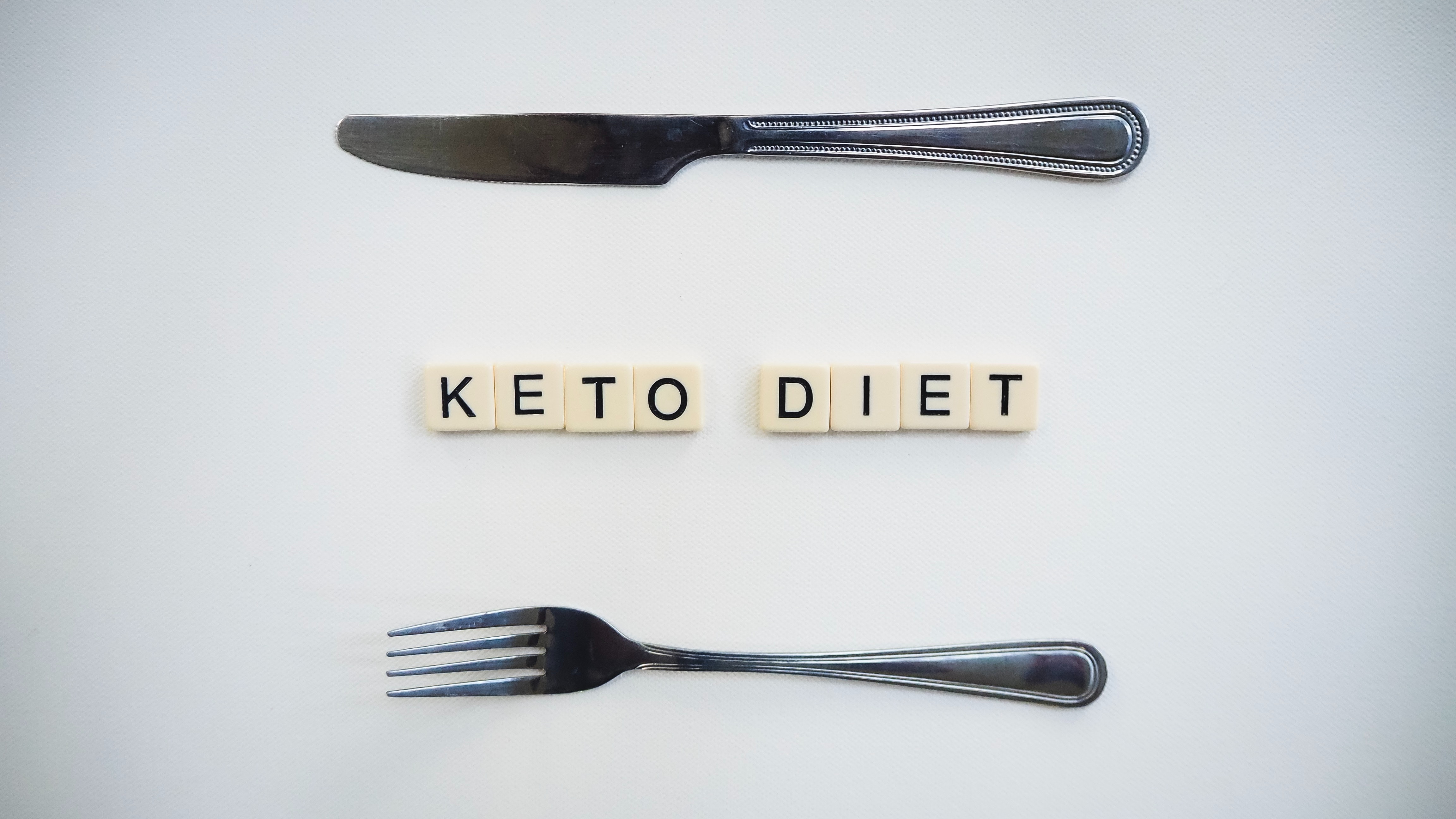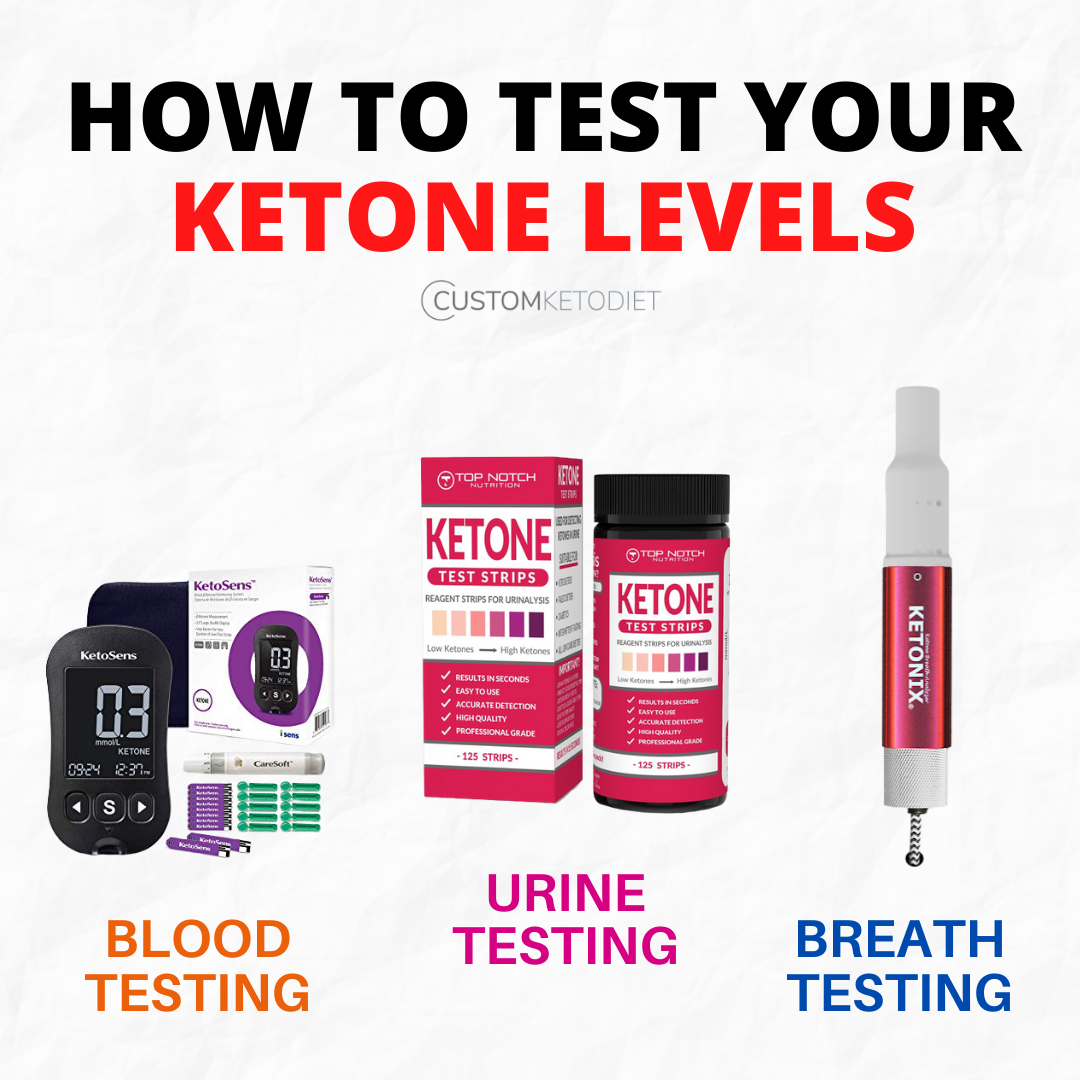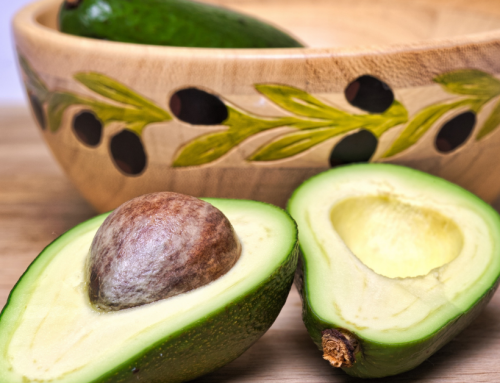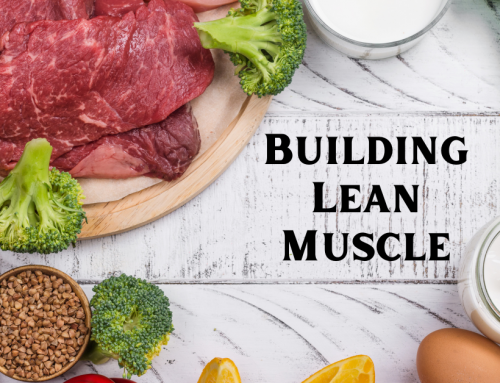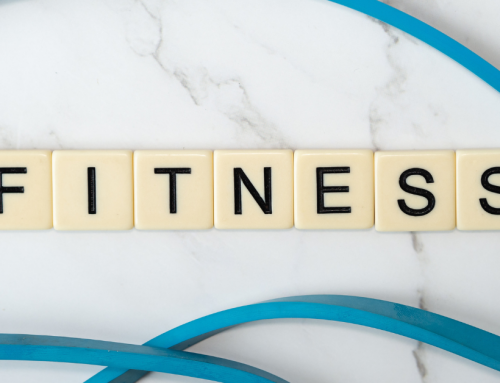The decision to start the keto diet can be life-changing in so many ways. Not only are you learning more about whole-natural foods and what to eat to achieve your personal goals, but you are also changing your mindset. Going keto can be scary and also intimidating. You may feel defeated by your pantry and how much shopping you need to do to make this change in your household. Do not get overwhelmed! Every day and every meal, all you have to do is make better choices and be intentional.
Medical Keto diets such as the ones doctors use for children with epilepsy are more extreme, 90%fat and 10% protein and close to zero carbs as possible. Breaking down macronutrients allows you to change how your body uses energy. Getting more into the science about how your body uses energy in the first place will help you further understand how this way of eating shifts the energy reserves used inside.
Doing what works best for you is extremely important. Follow this guide to the four most popular versions of the ketogenic diet.
1) The Standard Ketogenic Diet (SKD)
This is the standard version of keto that you will see promoted in books, websites, blogs, and it is backed with the most research of any other type of ketogenic diet. The Standard Ketogenic Diet is a very low carb, moderate protein, and high-fat diet. On this standard keto diet, your macronutrients consist mainly of fat. The macro breakdown is 70% fat, 20% protein, and only 10% carbs. Your carb intake goes all the way down to about 20-30 grams of carbs per day.
Understanding how and why the ketogenic diet works, is essential. Here is how it works:
- When you eat a diet rich in carbohydrates, your body turns those carbohydrates into glucose, which spikes your blood sugar.
- When blood sugar levels rise like this, your body creates insulin. It is a hormone that carries glucose to your cells to be used for energy.
- Your body’s preferred energy source is glucose. As long as you feed your body glucose, your body will continue to use it as its primary energy source instead of burning off its fat stores.
- Your body will start burning fat when you remove carbs, basically depleting your glycogen stores. Your body starts transferring fatty acids into ketones, putting your body into a metabolic state called ketosis.
Demystifying Ketones
There are hundreds of products out there that will test your blood or urine to see if you have made it into ketosis, these products are testing for ketones.
Ketones, also known as “ketone bodies,” are byproducts of breaking down fat for energy. This only happens when your carbohydrate intake is low and your body switches into a state of ketosis.
2) The Cyclical Keto Diet and Others Like it
The Cyclical Keto Diet (CKD) is another form of the ketogenic diet. This version involves periods of higher-carb refeeds, such as five ketogenic days and two high-carb days.
This type of ketogenic diet involves splitting your diet into low-carb days and high-carb days. For instance, some people will spend 5 days taking in a very low amount of carbs, then two days adding in more than 20 g of carbs. This way of dieting is called carb cycling. Many people enjoy practicing this type of discipline because it allows them to spend the weekends “eating what they want” or “enjoying the party more” because they can indulge if there is a birthday cake or a special finger sandwich appetizer.
I highly recommend establishing a state of ketosis before you start practicing something like carb cycling. You will want to have a complete understanding of what your body feels like once you have reached your fat-burning zone before you start to veer away from the rigorous diet requirements of keto.
You will be amazed at how much your body remembers and how quickly you can bounce back into keto if you decide to cycle in carbs with the CKD version.
3) The Targeted Ketogenic Diet (TKD)
This diet allows you to add carbs around workouts.
Referring to your lifestyle, it is important to consider your goals. If your goals are around losing weight or maintaining muscle mass or gaining muscle, then this type of keto diet could work well for you.
If you already have a regular exercise program, you should continue following it while limiting your carb intake to the days that you work out. Make informed choices by researching what foods have the most carbs, fats, and protein.
Typical high-carb foods like bread, pasta, chips, cookies, ice cream are not the only culprits that deter a keto meal plan. Beans contain protein, but they’re also very high in carbohydrates. Since you can only consume 20-30 grams of carbohydrates daily, you will want to make those carbs worth it! Vegetables and fruits mostly contain carbohydrates. Food sources that do not have carbs are meals and fats like butter, olive oil, and coconut oil. Fats are the foundation of the keto diet. On the days that you do want to increase your carb intake, it is important to still continue making good food choices.

4) High Protein Ketogenic Diet
Very similar to the Standard Ketogenic Diet but includes more protein – The macro ratios allow about 60% fat, 35% protein, and 5% carbs.
Typically, a lot of bodybuilders or athletes take this approach to the keto diet. The ketogenic diet shifts your body into using your fat storage as an energy source. Therefore, if you are already very lean, dieting like this can begin a reversal effect and cause you to lose muscle mass.
Increasing your protein intake will help support and supply your muscles with what they need to continue to grow. The extra protein turns into a type of glycogen, fueling your workouts.
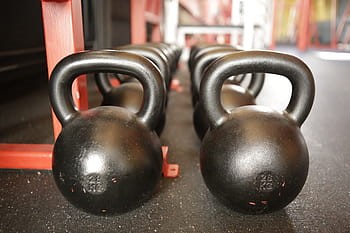
Some keys to success when starting any type of ketogenic diet:
- The support around you will determine your success in going Keto. Having accountability is proven to help patients make long-lasting changes to their life. Let family members know what you are doing to understand what to expect when your mood changes or sudden fatigue.
- Choose to start Keto on a week that is not as hectic. Added stress will only make lifestyle changes more difficult. Setting yourself up for success from the beginning is essential.
- Make a plan for how to reduce cravings! Snacking is one of the main ways patients fall off the keto wagon. Most people have traditionally been accustomed to fueling their bodies with carbs and glucose. The elimination of this is a complete shock to our entire digestive system.
There are many keto enthusiasts out there that have researched and experimented with how to fit keto into their lifestyle or their daily activities. There is a blog called wildedgeketo.com that discusses and mathematically breaks down how to have higher carb days during a backpacking trip. The takeaway from that blog is that with the right planning and packing and tools, you can be successful on this diet regardless of where you are or what you’re doing. The knowledge of food and food sources will grow into a foundation for success.
Stick to it!

